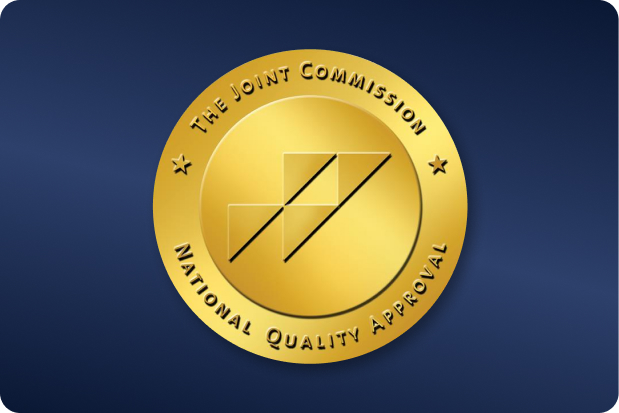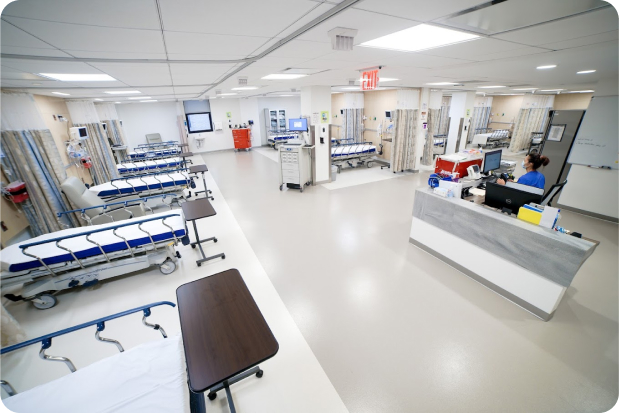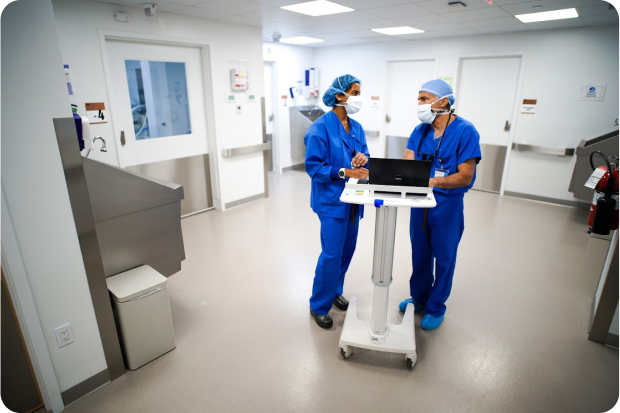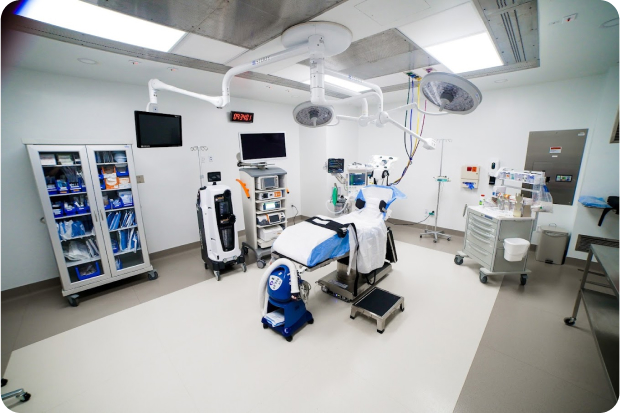 OUR LOCATIONS
Call to book 201.523.9590
OUR LOCATIONS
Call to book 201.523.9590
 OUR LOCATIONS
Call to book 201.523.9590
OUR LOCATIONS
Call to book 201.523.9590
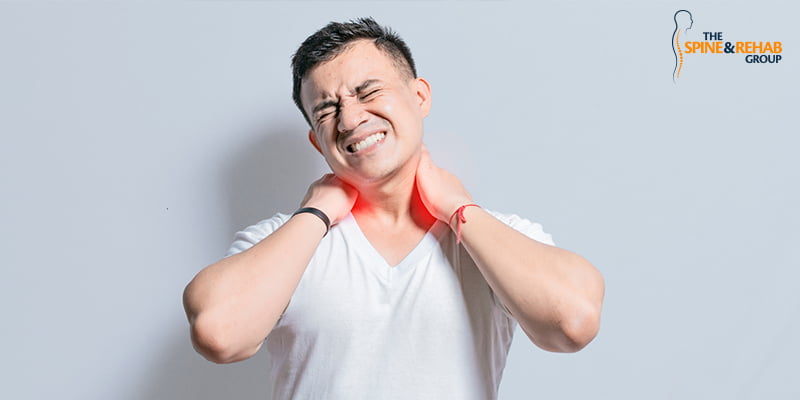
Back and neck pain are common among working adults. Long hours of work can force people to stand and sit for long periods of time. In office jobs, people can go 8 hours without leaving their desks. Construction and factory workers spend a lot of their day carrying and lifting heavy machinery and objects. Without proper posture and ergonomics, adults can develop neck and lower back pain together.
So how can you minimize neck and lower back pain? It’ll take a combination of lifestyle modifications and non-surgical treatments to get rid of chronic pain. You’ll need to communicate with your primary care provider about creating a plan based on your symptoms, medical history, and treatment goals.
The intensity of back and neck pain varies per person. Some people experience a dull ache, while others will get hit with severe and debilitating pain. Back pain can restrict your movement and affect your ability to stand, sit, and walk properly. On the other hand, neck pain can limit your range of motion and your ability to move the head.
Combined together, pain in these body parts can impact your livelihood and social life. It’s important to contact a specialist right away to ensure that the pain isn’t chronic. You should pay attention to how long the pain persists—those that last for months or years may be a sign of extensive tissue damage.
The neck provides support to the head. It also protects the nerves running from the brain to the lower extremities. Pain around the neck is usually caused by an injury in a muscle or joint in the area. These can often be managed with home remedies, such as warm or cold compresses.
Neck pain that lasts for 2 to 3 months may be caused by an injury. If your neck pain is accompanied by a tingling pain radiating down the arm, hands, and fingers, your cervical disk might be herniated. It’s possible that a nerve is being pinched somewhere in the neck. In such cases, it is best to seek the actual cause with the assistance of a neck pain doctor near me.
Similarly, the lower back provides support to the torso. This position makes it susceptible to wear and tear as you age. Additionally, many cases of lower back pain happen due to pulled muscles. Muscle strains aren’t serious injuries, but frequent episodes can cause severe chronic pain.
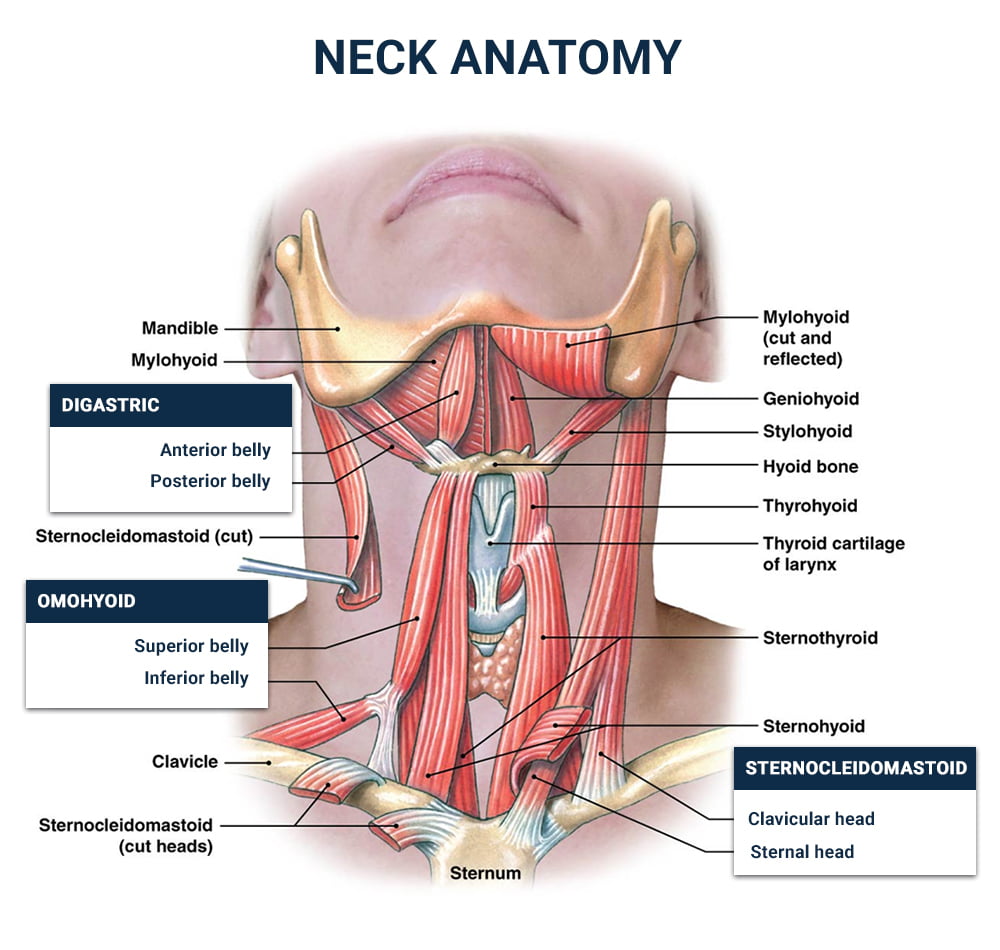
Different factors may cause neck and lower back pain. Some people’s lifestyles can lead to long-term chronic pain, especially when they don’t practice having proper posture. If you have a physically demanding job, overuse of the muscles can occur. This makes them more prone to strains that lead to pain.
Obese people also have more weight along their spine, leading to sustained pressure on the disks. It’s important to have regular physical activity to promote healthy muscle tone. Those who live a sedentary lifestyle tend to have more sprains and joint problems. Sedentary lifestyles are also associated with early onset of arthritis.
If you have a history of trauma or fractures, these may have long-term effects on the neck and lower back. Additionally, older people may experience disk degeneration due to accumulated stress along the muscles and ligaments. Osteoporosis is also more common in older populations, which can lead to compression fractures. These conditions are accompanied by neck and lower back pain.
For many people, back pain begins with a dull, sharp pain along the back. The initial pain may be in an isolated part, or has a wider scope of the lower back. Some people also develop a tingling sensation in the knee area due to pinched nerves. It’s also common to have stiffness along the spine, making it difficult to move around.
As the pain progresses, it can radiate from the lower back towards the buttocks, even reaching as far as the lower leg and toes. If consistent, the pain can lead to difficulty standing or sitting for prolonged periods. In very rare cases, people may also lose control of their bladder or bowel due to weakness in the legs. This will need urgent medical attention to correct any nerve damage.
Neck pain is sometimes accompanied by tingling along the arm, as well as sporadic headaches. You may also feel sharp, stabbing pains along the sides of the neck and shoulders. Pain that suddenly appears is considered acute, and typically resolves on its own within 4 to 6 weeks. If you experience pain that lingers for 3 months or more, it may indicate anatomical injury.
Adults who have physically demanding jobs are at risk of developing chronic pain. It’s important to have an ergonomic workstation if you have a desk job. You can ask your boss about getting an office chair with proper neck and back support. Some computer peripherals, such as stands, can also help you maintain proper posture while working.
As stated above, obesity and age are both associated with muscle aches. It’s important to maintain a healthy weight to avoid developing complications. A change in diet can help you prevent neck and lower back pain in the long run. Proper exercise can also help the back and neck muscles stay in shape.
Managing neck and lower back pain involves combining lifestyle changes and non-surgical treatments. While many cases respond well to warm and cold compresses, some patients may need a cycle of physical therapy to return to normal activities. It’s important to seek out a provider that’s credible and licensed.
The first thing that most specialists will recommend for neck pain is to pay attention to your posture. Many neck issues can be traced back to poor posture, where patients allow their head to droop down. Besides an ergonomic workstation, you can also look into stretches that promote healthy posture. If you have other back issues, such as scoliosis, your doctor may also recommend that you get a brace for support.
Healthy diet and consistent exercise are also an essential part of management. Food and supplements that have enough vitamin D and calcium can do wonders for muscle and bone strength. You should also avoid smoking as it’s associated with disk damage.
As for exercise, back-strengthening exercises are important to build strength. Stretches and shoulder squeezes also help with improving pain symptoms. You can also look into yoga, which helps the body maintain an upright posture and relax stressed muscles.
Besides healthy diet and exercise, there’s also non-surgical treatments used to help you regain your strength for daily functioning. These are performed by medical professionals and licensed specialists in wellness centers and clinics. Depending on the treatment plan, you can combine different treatments for maximum effectiveness.
Some common treatments include medical massages, acupuncture, steroid injections, and physical therapy. These are all minimally invasive and come with very little side effects. Your specialist may also provide you with resources for at-home guidelines to ensure continuous recovery.
The Spine and Rehab Group has a team of capable doctors and specialists. Each clinic offers a wide range of treatments for neck and back pain. Combining these treatments make for a multidisciplinary approach to promote better and faster recovery.
Medical massages are a manual approach used for back and neck pain. It’s often a component in physical therapy treatments, but specialists can also use them on their own to target problem areas. Specific to the neck and back, your therapist may use massages to ease tightness around the muscles. Similar to other manual treatments, the goal of a massage is to release endorphins to minimize pain.
Rooted in Chinese medicine, acupuncture is a well-known non-surgical approach to pain relief. Needles are used to target trigger points under the skin. By reaching these areas, the needles stimulate endorphin release and modify the body’s long-term pain response. Your acupuncturist may target multiple trigger points to ensure that all sources of pain are reached.
Steroid injections work by decreasing sensitivity in the pain nerve fibers. They also help in increasing your range of motion, allowing you to return to daily activities without pain. These injections also counteract the need for over-the-counter drugs, which are associated with damage to the liver and kidneys.
You may need multiple cycles of injection. The schedule of your injections will depend on how your body reacted to previous treatments. Your doctor will also space out these injections to avoid any adverse reactions.
Physical therapy is a common non-surgical option for long-term pain relief. The goal of physical therapy is to address your injuries and return to regular functioning. Treatment components include patient education, stretching exercises, and massage therapy.
Your therapist may advise you to gently exercise your core. They may also ask you to combine the treatment with home remedies, such as heat or ice packs to decrease inflammation. To ensure continuous recovery, your therapist may also ask you to modify your work routines to include hourly stretching breaks.
At The Spine and Rehab Group, we have a wide array of treatments that help patients regain their strength and return to daily functioning. Our entire team is composed of licensed therapists and doctors who have the skills to form a multi-disciplinary approach to treatment.
We’ve treated thousands of patients in our New York and New Jersey Clinics, and we’ve also been a consistent recipient of the Castle Connolly’s Top Doctors award. For more information, visit our website or contact us at 833-847-7463 to book an appointment.
